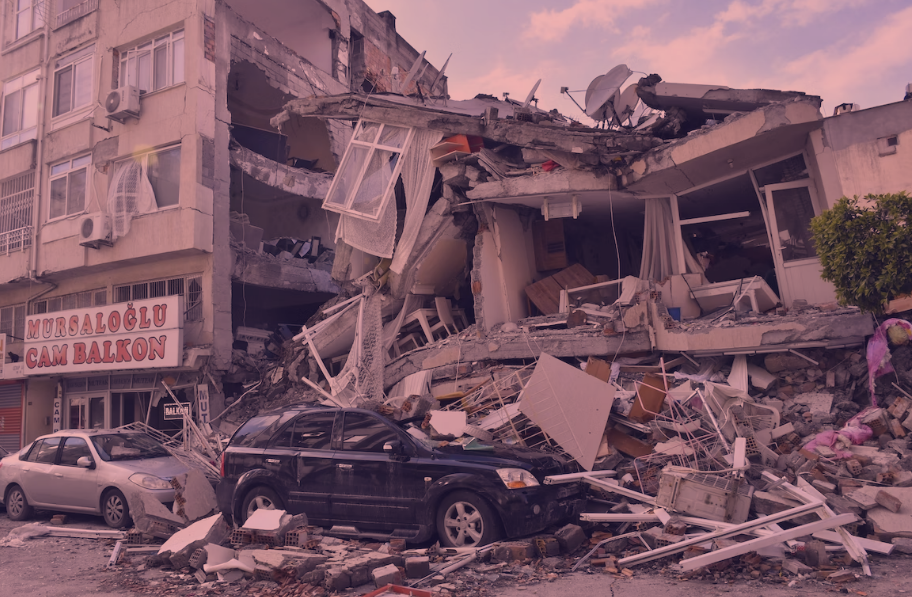
 Click on the title page to open the full review
Click on the title page to open the full reviewIn 2017, a group of Europeans were asked to agree or disagree with the following statement that “the EU is a safe place to live”. Of this group, 28% answered that they “totally disagree”. It is not the number itself which strikes our attention, but rather how it evolved: from 16% in December 2011, to 17% in March 2015 to 28% in June 2018, which corresponds to a staggering 12% raise in only nine years, emphasizing the fact that some security issues, no matter national or international, affect people’s lives. In fact, security keeps being a multi-dimensional and relative concept that has a polysemous nature, which makes it even more difficult to define when it comes to policy-making. It is even more difficult when security goes along with the notion of “feeling secure”, which refers to an individual but also collective interpretation. In that regard, not only people but also societies, build a common and shared construction of the perception of threat, which echoes to what impacts, or not, their lives in accordance to their world vision and day-to-day problems. Thus, the results of this survey, conducted in June 2017, are to be interpreted in the light of what impact security threats have on these countries. For example, this survey demonstrated a wide discrepancy between European countries perception, with 89% of the Danish population stating they “feel secure” as opposed to only 41% of Italians feeling the same way. This is simple to explain. In Italy, the levels of corruption and organized crime are high, in comparison with Denmark, which influences their perception of security threat. The same situation is presented when it comes to border security: Southern Europe is experiencing more issues dealing with the refugee’s crisis and migration flows than Northern Europe. Furthermore, through this survey, the European Commission shed light on the public’s perception of what are the biggest threats to European security. The following six threats were identified as followed: terrorism (95%), organized crime (93%), natural disasters (89%), cybercrime (87%) and EU’s external borders (86%). Looking back, 2018 has been a tough year for Europe, which partly triggered the thinking around the creation of a common European army, or a fostered regional cooperation, to tackle most of the aforementioned issues, advocating for a clear need and support for a common security and defense policy in Europe.
This is with this mindset that we started thinking and created our Working Group on Security and Defense in Europe.
This report brings together the results of a deep and comprehensive one-year-and-a-half analysis, both geographic and thematic, conducted by detailed-orientated Researchers on pre-identified European security issues, from Power Politics (including NATO and the relation with Russia), to cybersecurity and terrorism. The aim was to encompass the main challenges Europe faced in 2018 and to elaborate on how these challenges have been, or can be addressed. To do so, we analyzed the security situation in different European countries to deliver a cross-cutting approach in this report, in addition to in-depth pieces on specific security matters.
Based on these reviews, it enables to safely say that guaranteed consumer privacy, enhanced police cooperation or agreed humanitarian standards should remain high priorities for the EU and regional security entities, such as NATO. Framing a common understanding on security policy seems a first step toward the implementation of further policy decisions to ensure a safer Europe for all.
Please be advised that this report does not aim at giving recommendations, but rather to raise awareness of current issues that may sometimes be overlooked by certain populations.

 The invention of development: power, narrative, and the afterlife of Truman’s speech
The invention of development: power, narrative, and the afterlife of Truman’s speech  Is the World Trade Organisation a Failure?
Is the World Trade Organisation a Failure?  Is EU citizenship for sale – or for keeps? A critical analysis of the CJEU’s Golden Visa ruling.
Is EU citizenship for sale – or for keeps? A critical analysis of the CJEU’s Golden Visa ruling.  The European Union in Space: From exploration and innovation to security and autonomy
The European Union in Space: From exploration and innovation to security and autonomy 


